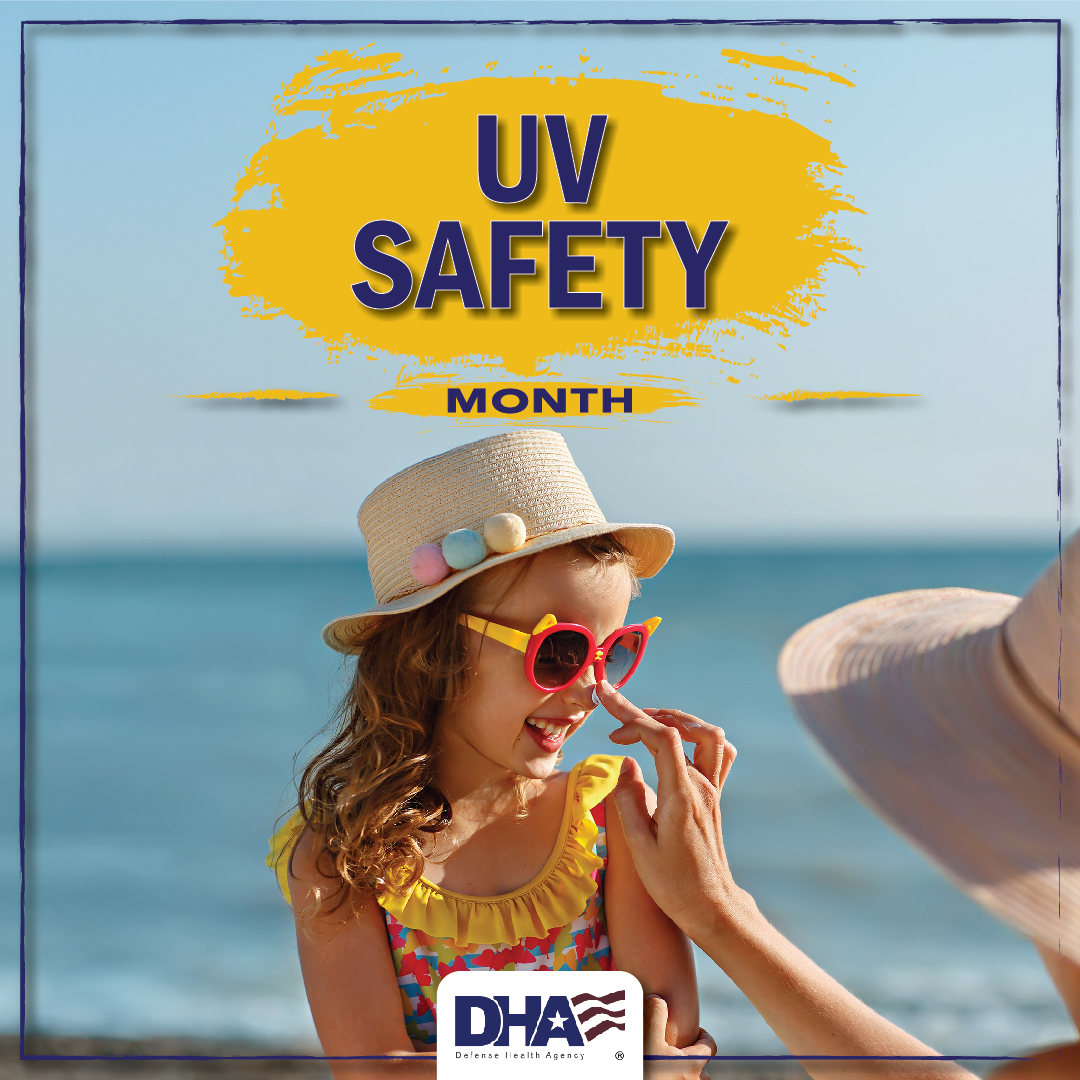Skin tags are an irritant but should be treated with respect
Skin tags are benign. But skin tags can be an irritant that sometimes need medical attention. If a skin tag is located somewhere inconvenient — where it's getting snagged by clothing or jewelry or rubbed to rawness through physical activity — it may even necessitate removal.
What is a skin tag? With the scientific name acrochordons, they're a narrow stalk of skin that bulges at the end. Flesh-colored, they are benign growths that usually develop where skin rubs together. Common areas on the body with skin tags include the neck, armpit, eyelids and groin. They're also go by the scientific names cutaneous papillomas or fibroepithelial polyps. Colloquially, given the fact they're sometimes about the size of grain of rice, they're sometimes called skin tabs or barnacles.
They're painless. But sometimes they make their presence known through irritation from the above-mentioned jewelry and physical activity. In those instance, removal of the skin tag by a medical professional may be preferable than enduring their irritation.
Without those symptoms of irritation, there's no reason to remove them other than cosmetic concerns over appearance. That said, it's wise to mention to your medical provider of the growth. Perhaps you know the characteristics of skin tags. Confirmation from a professional can be valuable, ensuring that it is, indeed, not some other sort of skin condition that needs attention. And best to not use the wart remover picked up at the drug store. It will just irritate the skin, among other possible complications. In short, don't try to remove skin tags at home.
It's not clear who is more susceptible to develop skin tags. Skin irritation clearly plays a role, with tight clothing sometimes a contributing factor. But genetics don't provide a firm guideline. Hormonal changes may be influential. For those reasons, people who are obese are likely to have skin tags because of skin rubbing together. And pregnant women, who have hormonal changes, may also be more likely to have them. It's possible people with Crohn's disease may be more likely to develop skin tags.
While skin tags can appear at any age, they're more prevalent as people age and skin sags.
But for many people, there's no explanation why one person may develop no more than a few skin tags in their lifetime and another will develop many more, even hundreds. It has been estimated that around 46 percent of the population will have a skin tag at one time or another.
Transmitting skin tags from one person to another doesn't happen, which sometimes is the case with warts. Also, a medical provider's removal of a skin tag is not a precursor to more skin tags later. It's possible that more skin tags will develop later, but it won't be because of previous removal of skin tags.
If a health care provider's help is sought in removing skin tags, the procedure typically involves using surgical scissors, perhaps even without anesthetic being needed because skin tags are so small. For bigger skin tags, minor surgery may be prescribed.
Want to see a provider today? Providence Express Care clinics are your faster way to well for the stuff you just can’t treat at home, including common skin conditions. Book a visit online.
Looking for a family doctor? Find a Providence St. Joseph Health provider near you:
Subscribe to To Your Health for health and wellness insights delivered straight to your inbox:
Recommended for you:
Providence pushes the frontier of melanoma treatments
How to prevent (and treat) damaged, crepey skin
Should you be putting that on your face? The truthiness about serums
This information is not intended as a substitute for professional medical care. Always follow your health care professional's instructions.




